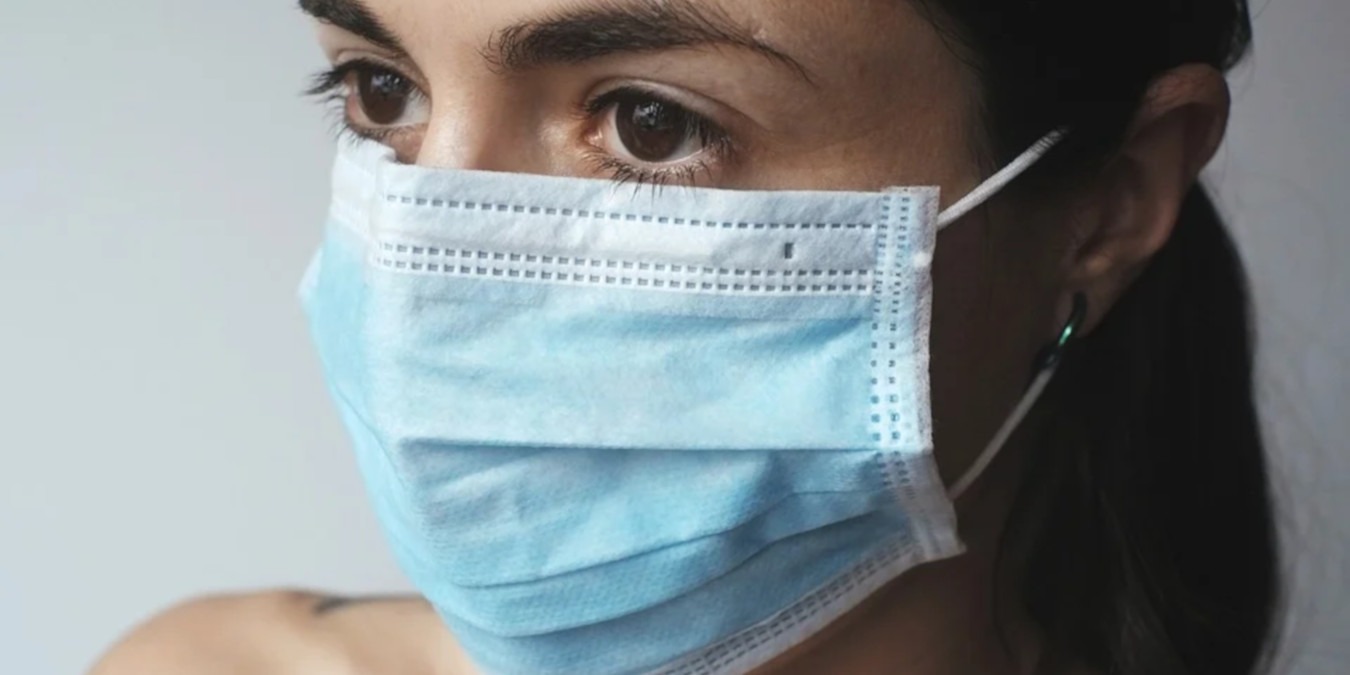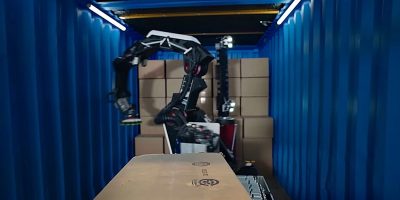
IoT devices are designed to communicate with the cloud to get instructions or replies according to what the user is doing. After all, this is what makes something “smart”; it has the ability to call home for instructions.
However, what if the internet connection drops out? Usually, this only occurs on your home connection when the ISP has issues. Suddenly all of your voice-activated assistants don’t know how to help you.
However, what happens when the IoT company’s servers go down instead? This is what happened to Sharp’s IoT devices after the company’s face masks were revealed to the public – it put their IoT cloud out of commission.
What Happened to Sharp’s IoT Devices?
The outage occurred after Sharp revealed their line of face masks to the public. They had recently converted a television factory in Japan to produce face masks to help with the COVID-19 pandemic.

Unfortunately, their noble deed was a little too popular. As soon as the masks went on sale, customers flooded the website to buy a box. This, in turn, took down the website.
Usually, this would be the end of the story, but Sharp encountered a second problem. The system that handles Sharp’s online accounts is also tied to the one that handles their IoT system.
As a result, people couldn’t control Sharp’s IoT devices using the app. This affected products like air conditioning units, which saw issues due to the lack of connection to Sharp’s systems.
For hours after the sale started, Sharp’s website stayed down while engineers worked to fix the issue. As such, Sharp IoT product owners should keep an eye out for devices not working as intended and should wait it out until the issue is fixed.
The Downside of IoT in a COVID-19 World
As this event shows, IoT is a double-edged sword for surviving the COVID-19 pandemic. IoT lets us do all kinds of activities without a middleman, thus cutting the risk of spreading the disease through connections. However, it also puts a strain on the Internet, which is already seeing heavy usage from users stuck at home.

Companies have already made steps to reduce how much bandwidth their services use. For example, Google has lowered the camera quality for their Nest cameras to alleviate its strain on the Internet. This, in turn, allowed businesses and education to meet their needs.
As such, with the Internet under stress and IoT devices being more of a luxury than a necessity, these outages may be more commonplace in the future.
While this particular case with Sharp’s IoT devices was simply due to server overload, we may see similar instances of spotty IoT service as developers work from home and with engineers not being around as much as before the outbreak. It’s a good idea to not rely so heavily on smart devices for the time being and to use them manually if you can.
Keeping the Internet of Things Connected
While Sharp’s IoT devices going down is a one-off case of IoT servers failing during what many hope is an one-time-only situation in the world, it may become more commonplace as lockdowns continue and things go wrong.
If you want to see the positive side of IoT in a post-COVID-19 world, be sure to check out this automated delivery service for medical tests.









